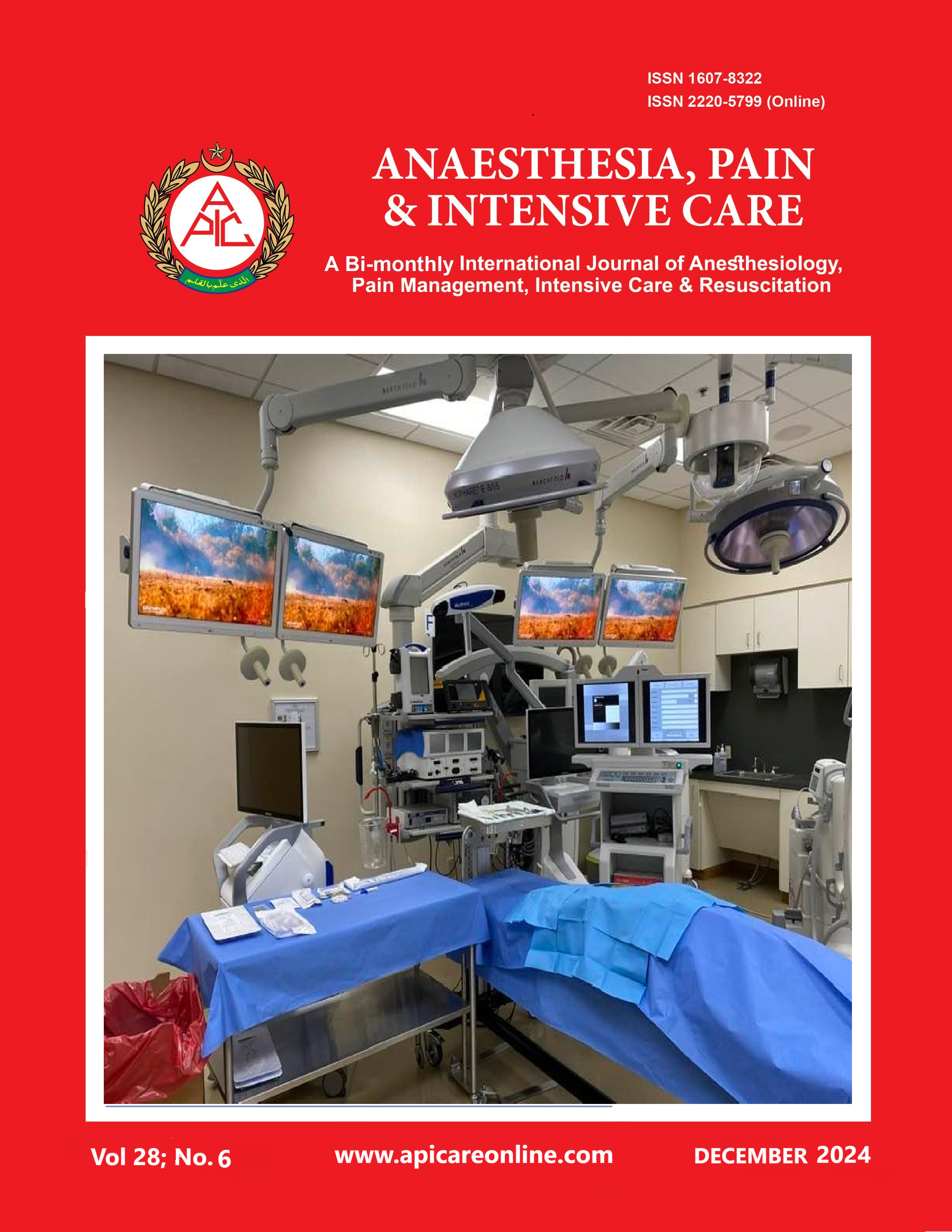Accuracy of d-dimer in predicting mortality of COVID-19 patients in intensive care unit
Abstract
Background: Sars-Cov-2 infection has a high rate of mortality. This infection can cause changes in the hemostatic system including activated partial thromboplastin time (aPTT), international normalized ratio (INR), and prothrombin time (PT), increased D-dimer and fibrin degradation product (FDP). D-dimer level in COVID-19 patients affects the mortality rate of COVID-19 patients.
Methodology: This study was a retrospective observational analytic prognostic study using medical record. Inclusion criteria were patients with confirmed COVID-19 who met the criteria for severe and critical pneumonia, aged >18 years who were admitted to RSMH from March 1, 2020 to February 28, 2021, until a minimum of 77 subjects were included. Data analysis was done using SPSS version 26 with chi square to assess the relationship and using the Medcalc to assess area under the curve (AUC), cutoff value, sensitivity and specificity.
Results: There was a total of 91 research subjects and the total mortality rate was 62 (68.1%). The accuracy analysis of D-Dimer on the first day; the cutoff value was 1.79 and the AUC value was 0.556 which has poor predictability. The results of statistical tests using Chi square obtained P value = 0.009 (p<α) and Relative Risk 1.991. The accuracy analysis of D-Dimer on the third day, the cut off value was 2.45 and the AUC value was 0.801, which had good predictability. The results of the Chi Square statistical test obtained P value = 0.001 (p<α) and Relative Risk 3.157. D-Dimer levels > 2.45 on the third day had a sensitivity value of 90.3% and a specificity of 58.6%. Based on the analysis of the accuracy of the difference in levels of D-Dimer on the first and third day, the Chi Square statistical test results obtained P value = 0.034 (P < 0.05) and Relative Risk 1.674.
Conclusion: D-Dimer level > 2.45 was statistically significant associated with mortality and had a risk of 3,157 times in mortality. From the results of the analysis, it was found that the sensitivity, specificity and AUC value were good, so that the third day D-Dimer could be used as a predictor of mortality in sepsis patients.
Abbreviations: AUC - Area Under Curve; aPTT - activated partial thromboplastin time; DIC - disseminated intravascular coagulation; FDP - Fibrin Degradation Product; IL-6 - interleulin-6; INR - International Normalized Ratio; PT - prothrombin time
Keywords: D-Dimer, COVID-19, mortality, activated partial thromboplastin time (aPTT), international normalized ratio (INR), prothrombin time (PT), fibrin degradation product (FDP).
Citation: Hikmatiar H, Mafiana R, Mayang Lestari MI, BaharE. Accuracy of d-dimer in predicting mortality of COVID-19 patients in intensive care unit. Anaesth. pain intensive care2024;28(6):1067-1076; DOI:10.35975/apic.v28i6.2624
Received: September 01, 2024; Reviewed: September 17, 2024; Accepted: September 30, 2024














